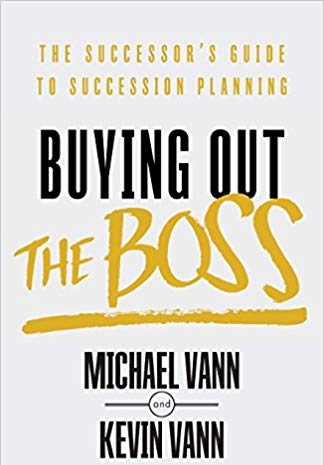
People often assume that buying a business is easier when you know the owner–there’s a layer of trust and congeniality that doesn’t exist among strangers. But if you want to negotiate the best deal for yourself without wrecking relationships, you need to arm yourself with the right set of tools and tactics.
In Buying Out the Boss, father-son team Kevin and Michael Vann reveal how you can handle common problems that arise during transactions between colleagues and family members. You’ll learn to:
To the generations of entrepreneurs who have built the privately owned business sector and for whom their business represents a major part of their personal wealth and a dominant part of their lives, we offer our road map to a successful business transition – ‘This Way Out’.
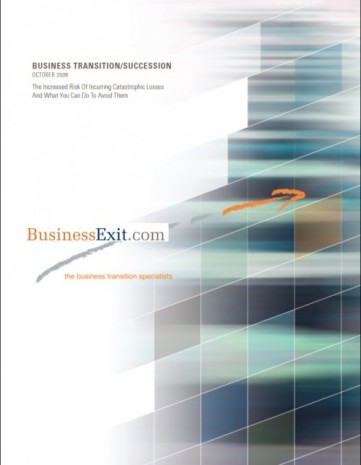
We collected 502 surveys from privately owned business owners predominately in the United States and Canada from March 20, 2007 through December 18, 2007. Data was collected both on-line and in writing. There were 91 Canadian respondents, 386 United States respondents and 25 Other/Non–disclosed locations. The annual revenues of the respondents ranged from under $1M to $100M.

To the generations of entrepreneurs who have built the privately owned business sector and for whom their business represents a major part of their personal wealth and a dominant part of their lives, we offer our road map to a successful business transition – ‘This Way Out’.
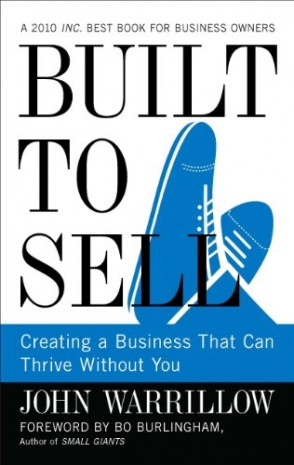
Most business owners started their company because they wanted more freedom—to work on their own schedules, make the kind of money they deserve, and eventually retire on the fruits of their labor. Unfortunately, according to John Warrillow, most owners find that stepping out of the picture is extremely difficult because their business relies too heavily on their personal involvement. Without them, their company—no matter how big or profitable—is essentially worthless.
The good news is that entrepreneurs can take specific steps—no matter what stage a business is in—to create a valuable, sellable company. Warrillow shows exactly what it takes to create a solid business that can thrive long into the future.
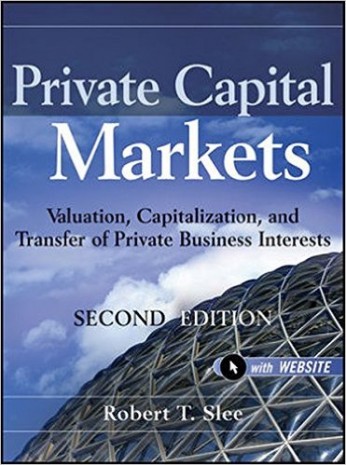
A practical road map for making sound investment and financing decisions based on real experiences and market needs
Now fully revised and in a second edition, Private Capital Markets provides lawyers, accountants, bankers, estate planners, intermediaries, and other professionals with a workable framework for making sound investment and financing decisions based on their own needs and experiences.
This landmark resource covers:
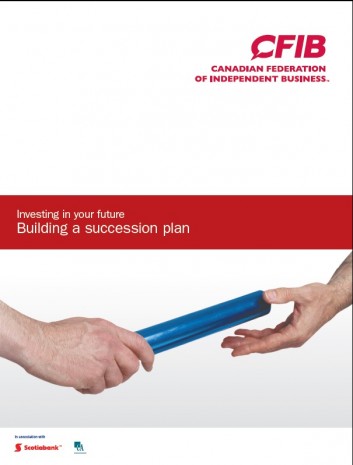
As you start to plan for the succession of your business, it is important to know that you share many of the same hurdles and challenges facing other Canadian business owners. Two years ago, the Canadian Federation of Independent Business (CFIB) recognized that there was a significant trend underway with the “bulge” of aging baby boomers who are thinking about retirement and pondering who will take over their business.
The results of CFIB surveys on the issue revealed the challenges and prompted the interest of a number of stakeholders. CFIB has gone a step further in helping business owners conduct proper succession planning by leading the development of this guide.

Vanwyck points out that business owners who don’t plan their business transition now may have to kiss all their creativity, passion, and hard work goodbye as they face a market glutted with businesses for sale and scant few buyers. But he also says that those who do start planning their transition can increase the value of their business, increase their profitability today, and keep their options open. In The Business Transition Crisis he offers practical advice for you, including how you can:
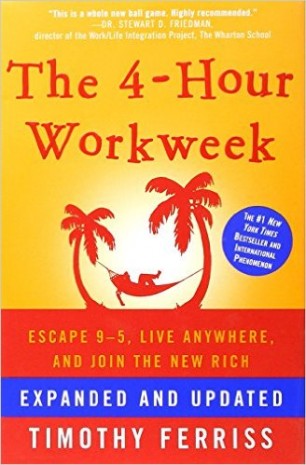
Forget the old concept of retirement and the rest of the deferred-life plan–there is no need to wait and every reason not to, especially in unpredictable economic times. Whether your dream is escaping the rat race, experiencing high-end world travel, earning a monthly five-figure income with zero management, or just living more and working less, The 4-Hour Workweek is the blueprint.
This step-by-step guide to luxury lifestyle design teaches:
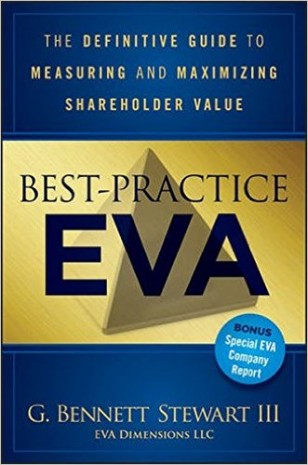
Best-Practice EVA tells the new EVA story from the ground up. Stewart covers EVA essentials—the classic economic profit version of EVA—in the first three chapters of the book. He shows readers how simple and intuitive EVA really is, how it is defined, and why it is better than all other measures of corporate profit. You discover how it naturally guides managers into making all the right decisions—the ones that will truly maximize value. You see how to use it in profit-sharing bonus plans that create the powerful incentives of an owner. Later, Stewart introduces new ratios that make EVA much more powerful and much easier to use than ever before.
The pinnacle of the new ratio framework is EVA Momentum, calculated by taking the change in EVA versus the prior period, and dividing by the revenues in the prior period. It measures the growth rate in EVA, scaled to the sales size of the business. It is the only corporate performance ratio where bigger always is better, because it gets bigger when EVA does, which means it should be every company’s most important financial goal, the one ratio metric that everyone aims to maximize as the key measure of corporate success.
© BusinessExit.com, LLC. All Rights Reserved.
Website Design by IWD Marketing.